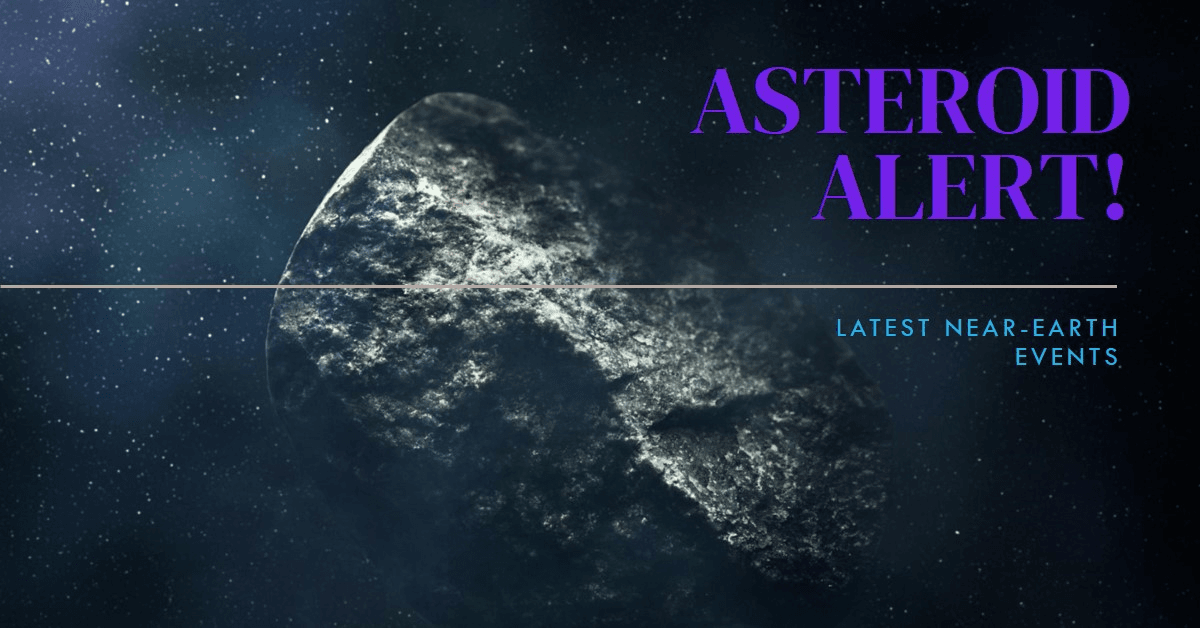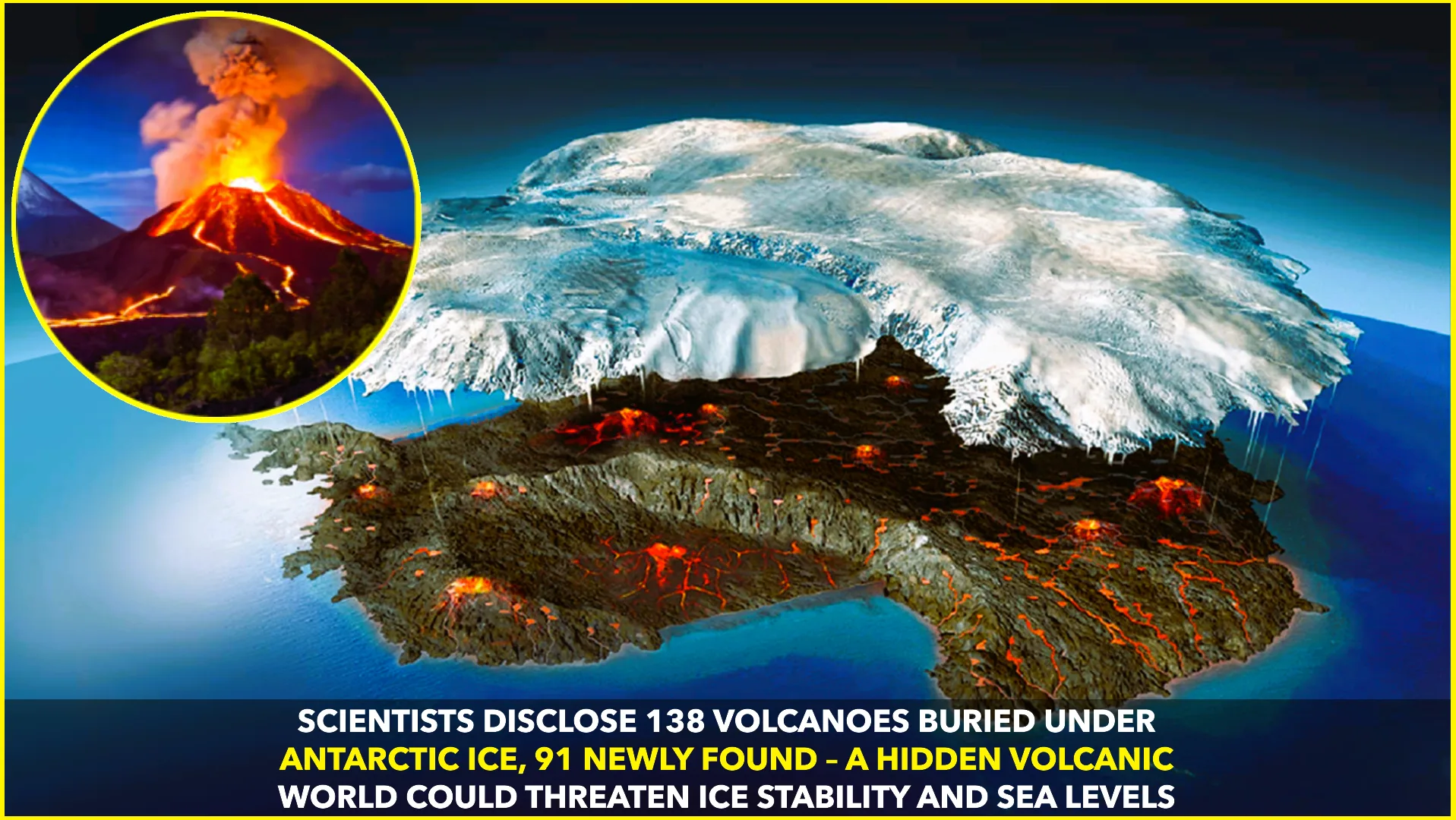In recent years, space has captured the imagination of millions of people worldwide, particularly when it comes to the fascinating and sometimes alarming concept of near-Earth objects (NEOs). Asteroid, comets, and other space debris that travel close to our planet are of great interest to scientists and space enthusiasts alike. These objects serve as both harbingers of cosmic threats and providers of valuable scientific information. This article will explore the latest events involving asteroids passing near Earth, their implications for planetary defense, and the ongoing efforts to study and monitor them.
What Are Near-Earth Objects (NEOs)?
Near-Earth Objects (NEOs) are asteroids or comets that orbit the Sun in proximity to Earth. According to NASA’s Center for Near Earth Object Studies (CNEOS), NEOs are categorized based on their orbits. Asteroids and comets that pass within 1.3 astronomical units (AU) of the Earth are classified as NEOs. One astronomical unit is the average distance between the Earth and the Sun, about 93 million miles.
NEOs come in various sizes, from small space rocks that burn up upon entering Earth’s atmosphere, to massive objects that could cause significant destruction upon impact. While the vast majority of NEOs pose no threat to our planet, a few warrant closer observation due to their size, orbit, and trajectory.
Types of NEOs
- Asteroids: Rocky remnants from the early formation of the solar system.
- Comets: Icy bodies that release gas and dust as they approach the Sun.
- Meteoroids: Small particles from asteroids or comets, typically less than a meter in size, that burn up in the atmosphere.
For a detailed understanding of NEO classifications and their discovery process, you can explore NASA’s NEO Program.
Latest Asteroid Near-Earth Events
The last few months have been filled with notable asteroid events, captivating both scientific communities and the general public. Below is a roundup of the most recent near-Earth asteroid flybys and discoveries:
Asteroid 2023 JD: A Close Flyby
In August 2023, an asteroid known as 2023 JD flew past Earth at a distance of about 350,000 kilometers, roughly 90% of the distance to the Moon. Though this asteroid was only about 50 meters in diameter, it was notable for its proximity. Fortunately, it posed no threat to Earth, but it serves as a reminder of the vast number of small asteroids that pass by undetected until they are already near the planet.
NASA’s Planetary Defense Coordination Office (PDCO) had been tracking the asteroid since its discovery a few months prior. While the asteroid’s path was safely calculated, this event emphasized the importance of continuous monitoring of NEOs, especially smaller objects that may not be detected until they are relatively close.
For more information on NASA’s planetary defense efforts, check out their Planetary Defense Coordination Office.
Asteroid 2024 DN: A Future Close Encounter
Asteroid 2024 DN is a larger object, approximately 200 meters in diameter, scheduled for a close flyby in late 2024. Early calculations suggest that it will pass within 1 million kilometers of Earth. Though still a safe distance, this asteroid’s size makes it a prime candidate for further study due to its potential to cause significant damage in the event of an impact.
Astronomers have already begun focusing their instruments on this object to refine their understanding of its orbit. Efforts are also being made to explore the possibility of future mitigation strategies, should its trajectory change over time.
DART Mission: Deflecting Asteroids
The Double Asteroid Redirection Test (DART) is NASA’s first planetary defense mission, designed to test whether humanity can change the trajectory of an asteroid on a potential collision course with Earth. In late 2022, NASA successfully impacted the DART spacecraft into the small asteroid Dimorphos, altering its orbit. Although Dimorphos posed no threat to Earth, the mission was a significant milestone in planetary defense.
According to NASA, the success of the DART mission demonstrates the viability of deflecting a potentially hazardous asteroid. For more on the DART mission and its results, you can read about it on NASA’s DART Mission page.
The Importance of Asteroid Monitoring
Asteroids, particularly those classified as Potentially Hazardous Asteroids (PHAs), can have catastrophic effects if they impact Earth. PHAs are defined as objects over 140 meters in diameter that pass within 7.5 million kilometers of Earth’s orbit. While none of the PHAs currently detected pose an immediate risk, they highlight the need for robust asteroid tracking and planetary defense systems.
NASA’s CNEOS is tasked with tracking NEOs and refining their orbits to predict future close encounters. With the help of ground-based observatories and space telescopes like NEOWISE, NASA and international space agencies have discovered over 30,000 near-Earth asteroids as of 2024.
To track current and upcoming near-Earth events, you can visit CNEOS’ Asteroid Watch, where information on asteroid flybys is updated in real-time.
International Collaboration in Planetary Defense
Planetary defense is not the responsibility of one nation alone. Asteroids, given their vast orbits, pose a global threat, requiring international cooperation for monitoring, detection, and mitigation. The United Nations Office for Outer Space Affairs (UNOOSA) has initiated the International Asteroid Warning Network (IAWN), which collaborates with space agencies globally to share data and ensure preparedness.
IAWN also works closely with NASA’s PDCO and the European Space Agency (ESA) on missions like Hera, ESA’s counterpart to NASA’s DART mission. Hera is set to follow up on the impact of the DART mission by studying Dimorphos and providing detailed post-impact data, aiding in future asteroid deflection efforts. Learn more about the Hera mission.
How Do We Detect Asteroids?
Detection of asteroids and other NEOs relies on a combination of ground-based observatories, space telescopes, and radar systems. Ground-based observatories such as Pan-STARRS (Panoramic Survey Telescope and Rapid Response System) in Hawaii and the Catalina Sky Survey in Arizona play a crucial role in spotting and cataloging NEOs. These telescopes scan large portions of the sky each night, searching for objects with unusual trajectories.
Space telescopes like NASA’s NEOWISE (Near-Earth Object Wide-field Infrared Survey Explorer) are also integral to NEO detection. NEOWISE uses infrared light to detect asteroids and comets that are too dark to be observed with visible light. This capability allows astronomers to detect objects that might otherwise go unnoticed.
The Threat of Impact Events
While the likelihood of a large asteroid impacting Earth is relatively low, the consequences of such an event would be catastrophic. The Chicxulub impact, believed to have caused the mass extinction of the dinosaurs 66 million years ago, was likely caused by an asteroid or comet roughly 10 to 15 kilometers in diameter. Even smaller asteroids, such as the 50-meter Tunguska asteroid that exploded over Siberia in 1908, can cause significant damage.
In recent history, the Chelyabinsk meteor of 2013 serves as a stark reminder of the potential danger posed by even small asteroids. This 20-meter meteor entered Earth’s atmosphere over Russia, creating a shockwave that injured over 1,500 people and damaged thousands of buildings. The object had gone undetected before its impact due to its small size.
For a detailed timeline of notable asteroid impacts, visit Asteroid Day’s Impact Timeline.
Mitigating the Threat of Asteroid Impacts
The success of the DART mission has given humanity its first concrete evidence that asteroid deflection is possible. However, deflection strategies are just one component of planetary defense. Other proposed methods include the use of nuclear devices to alter an asteroid’s course, gravitational tractors, and kinetic impactors.
One promising future mission is ESA’s NEOMIR, a space-based infrared telescope that will detect asteroids approaching Earth from the direction of the Sun. These objects, called “sungrazers,” are difficult to detect from the ground because they blend in with the solar glare. NEOMIR is expected to provide several weeks of warning for medium-sized asteroids, allowing more time to prepare for potential impacts.
How You Can Stay Informed
For those interested in following the latest updates on near-Earth objects, NASA offers an interactive tool called the Eyes on Asteroids, which allows you to track known asteroids and comets in real-time. It provides 3D visualizations of objects in space, their trajectories, and upcoming close approaches.
Additionally, subscribing to NASA’s Asteroid Watch Twitter feed is a great way to receive up-to-date information on close asteroid flybys and planetary defense missions.
Conclusion
Asteroids and other NEOs remain a captivating subject for space enthusiasts and scientists alike. While the threat of a significant asteroid impact remains low, the consequences could be devastating. Recent asteroid events and missions like DART demonstrate humanity’s ability to monitor and potentially mitigate the risks posed by NEOs. Through international collaboration and technological innovation, efforts to understand and protect Earth from cosmic threats are advancing rapidly.
For more articles on space exploration, celestial events, and planetary defense, be sure to explore our Space News Archive. Whether you’re a casual observer or an aspiring astronomer, the cosmos holds endless opportunities for discovery and wonder.










